Veterinary Jurisprudence and Post-mortem

By Dabas Y.P.S. and Saxena O.P
Veterinary Jurisprudence and Post-mortem Contents:
Part 1. Legal Duties of Veterinarian
Criminal courts and their powers
Subpoena
Oath
Process ofprosecution
Legal importance of examination of the carcass
Veterinary Evidence
Kinds ofWitnesses
Rules for Giving Evidence
Volunteering of a Statement
Professional Secrets
Negligence
Part 2. Post-mortem Examination (Autopsy)
Police Inquest
Rules
Preservation and transportation of visera and other
articles in cases of suspected poisoning
Death and its Vetero-legalAspects
Manner of Death; Coma, Syncope, Asphyxia
Classification of Death
Signs of Death;
Cadaveric changes in the Muscles
Pu~efaction or Decomposition
Time of Death
Suffocation
Drowning
Death from Starvation
Injuries
Bums and scalds
lightning
Electricity
Mechanical Injuries
Bruises or contusions
Abrasions
Wounds
Vetero-Iegal aspects of wounds: Examination
of the injured animal
Causes of Death from wounds
Difference between wounds inflicted during life
and after death
Distinction between ante-mortem and postmortem
fractures
Post-mortem findings in bovine in some common
conditions: Ruminal Tympany, Excessive
haemorrhage, Pneumonia, Snake bite, Insecticide
poisoning, Anthrax, Black Quarter, Haemorrhagic
Septicaemia, Tuberculosis, Foot-and-Mouth Disease;
Poisoning
Part 3. Estimation of Age of Animals
Dental Fonnulas
Teeth of Equine (Horse, Mule, Ass etc)
Teeth of Cattle
Teeth of Sheep and Goat
Teeth of Swine
Teeth of Dog
Teeth of Cat
Ossification ofbones
Counting the rings in the horns
External appearance
Examination ofhoof
Part 4. Acts and Statutes
Acts for Prevention of Animal Diseases
Glanders and Farcy Act
Dourine Act
Import of Livestock: The Livestock
ImportationAct; Import of Livestock :Products
Acts related to Animal Welfare:
u.P. Pashudhan Sudhar Adhit?iyam
Uttar Pradesh GaushalaAdhiniyam;
Cattle Trespass Act
Animal ProtectionActs:
Common Offences againstAnimals
Prevention of Cruelty to Animals Act
Amendment Rules under Prevention of Cruelty to
Anima1sAct
(a) Establishment and Regulation of Societies for Prevention
of Cruelty to Animals Rules, 2001
(b) The Prevention ofCureltyto Draught and Pack
Animals Rules, 1965 (amended upto 1968)
(c) Licensing of Farriers Rules, 1965
(d) PerfonningAnimals (Registration) Rules, 200 1
(e) Transport of Animals Rules, 1978
(f) Transport of Animals (Amendment) Rules, 2001
(g) Transport of Animals on Foot Rules, 2001
(h) Application of Fines rules, 1978
(i) Registration of Cattle Premises Rules, 1978
G) Capture of Animals Rules, 1979
(k) Animal Birth Control (Dog) Rules, 2001
(1) Slaughter House Rules, 2001
Wild Life (pro~ection)Act, 1972 (Amended upto 2003)
The Wild Life (Transactions and Taxidermy) Rules, 1973
The Wild Life (Stock Declaration) Central Rules, 1973
The Wild Life (Protection) Licensing (Additional Matters
for Consideration) Rules, 1983
Recognition of Zoo Rules, 1992
U.P. Prevention of Cow Slaughter Act
(v) The Drugs and Cosmetic Act
(vi) Regulation of Slaughterhouses and Meat
Inspection
Establishment of slaughterhouses in Rural
Areas
Markets, Slaughterhouses, Sale of Food etc.
Establishment of slaughterhouse in urban areas
Bye-laws regarding sale and marketing of
meat etc.
Private and Public slaughterhouses
Site, structure and sanitary requirements of
slaughterhouses
Regulation of slaughterhouses
Officer in charge of slaughterhouses
Slaughterhouse Fee
At the slaughterhouse
Duties of Butchers and slaughtermen
Within the slaughterhouse
General Duties and Instructions to Meat
Inspectors
Meat Marking
Transport and Handling
Sale of Meat, Meat Shops and Stalls
Hawking of Meat
Appointment of Meat Inspectors
Penalty
Importation of Meat for Sale into the
Mtmicipality
Imported Meat 508
Meat offieadAnimals 509
Meat of emergency-slaughtered animals 509
Detection of Adulteration (Falsification) of Meat 509
(vii) Model bye-laws forprobibiting the throwing
of dead bodies of animals in the rivers under
Section 298 (2)-List I-I (H) of the V.P.
MunicipalitiesAct. 1916:
Method of Examination of Carcasses
Detailed instructions for routine inspection of
carcasses of sheep and goats
Detailed instructions for routine inspection of
carcasses of horses, mules and donkeys
Instruction as to additional inspection where
evidence of tuberculosis has been discovered in
cattle and swine
Instructions as to the action to be taken in the
event of evidence of tuberculosis in cattle and
swme.
Instructions as to the action to be taken in
the event of evidence of other diseases being
found in carcasses of cattle, sheep, goats, horses
orswme
(viii) Certificates
(ix) Euthanasia
(x) Indian Veterinary Council Act, 1984
(xi) The Indian Penal Code
Part 5. Livestock Insurance in India
Objects of Livestock Insurance
Conditions for Insurance
Requirements for Livestock Insurance
Insurance Policy
Rate of Premium
Non-Scheme animals
Insured Value
Owner’s duties in case of sickness/accident of insured
How to proceed for insurance claim
Claim forms
In urban area
In remote rural area
Valuable advice for livestock owners to get claim
Repudiation of Insurance Claims 4
Fees of the Veterinarian
Common malpractices in insurance claims
Part 6. Issues in livestock and livestock products
trade and quality standards in International
and domestic markets
Index
| File Size | 25 MB |
| File Format | |
| Download link | Free Download | Become a Premium, Lifetime Deal |
| Support & Updates | Contact Us | Broken Link |
| Join Our Telegram Channel |  |
| More Books: | Browse All Categories |


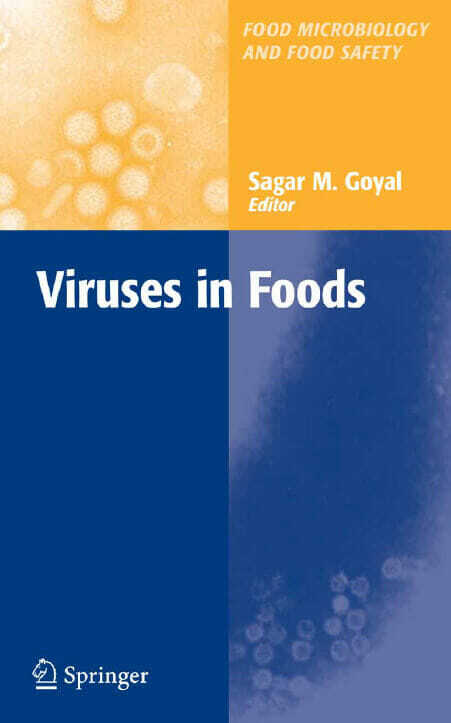
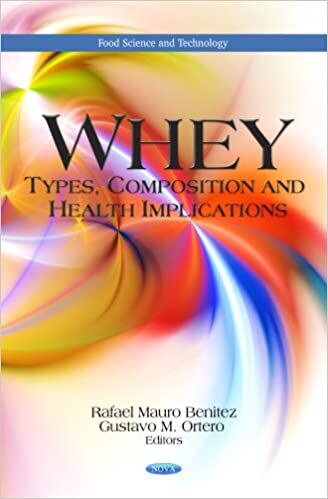
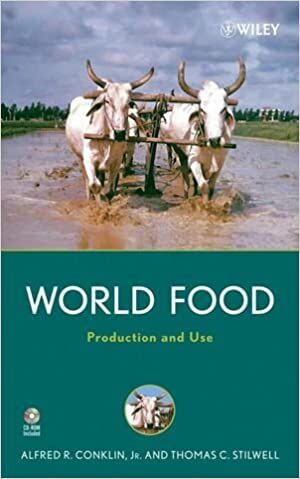
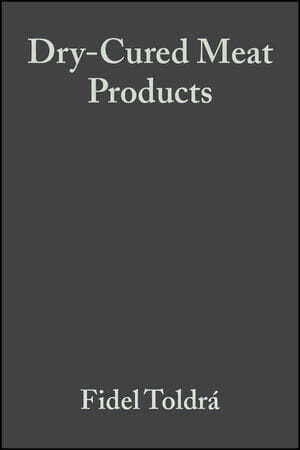
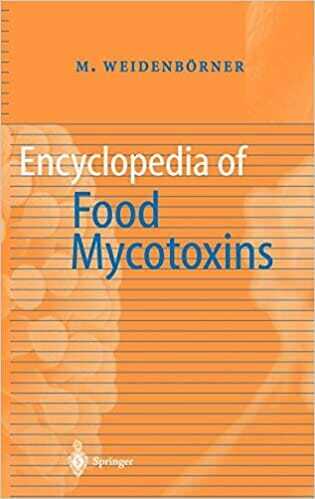
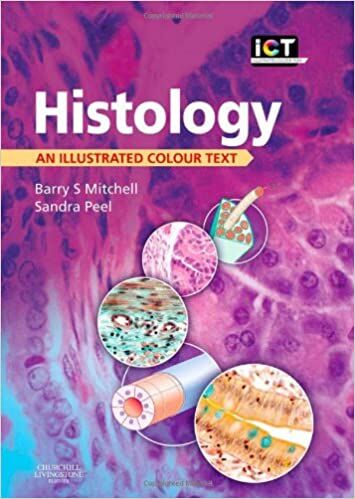

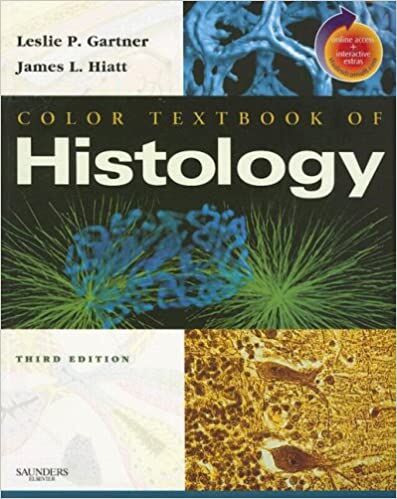




![Ettinger’s Textbook of Veterinary Internal Medicine 9th Edition [PDF+Videos] Ettinger’s Textbook of Veterinary Internal Medicine 9th Edition [True PDF+Videos]](https://www.vet-ebooks.com/wp-content/uploads/2024/10/ettingers-textbook-of-veterinary-internal-medicine-9th-edition-100x70.jpg)
![Textbook of Veterinary Diagnostic Radiology 8th Edition [PDF+Videos+Quizzes] Thrall’s Textbook of Veterinary Diagnostic Radiology, 8th edition PDF](https://www.vet-ebooks.com/wp-content/uploads/2019/09/textbook-of-veterinary-diagnostic-radiology-8th-edition-100x70.jpg)







